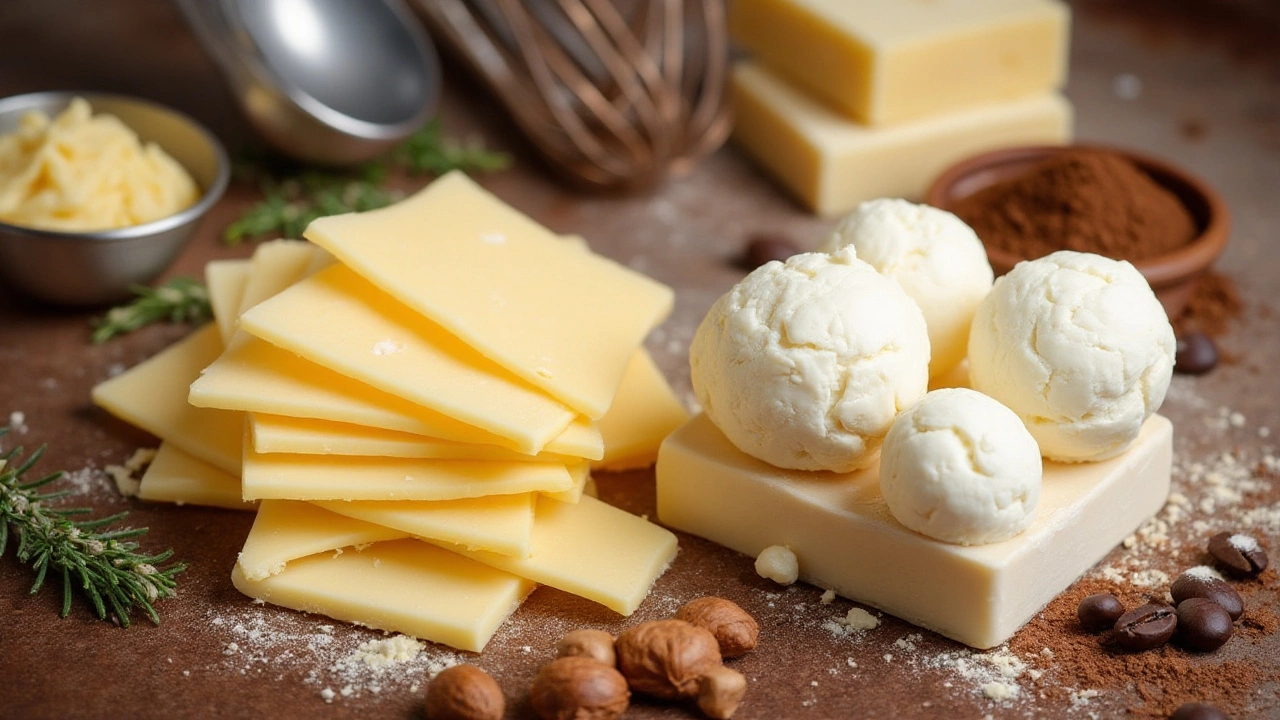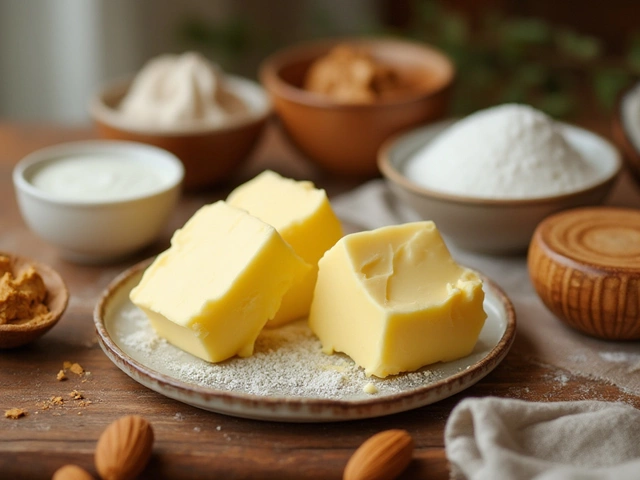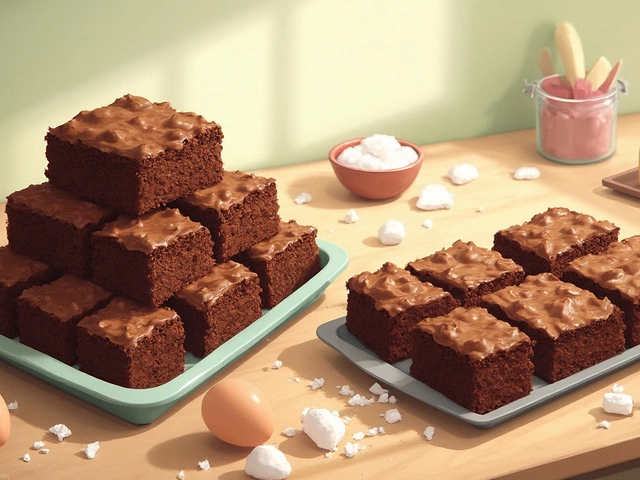Melting Cheese Made Easy: Quick Tips for Perfectly Gooey Results
Ever tried to melt cheese and ended up with clumps or a greasy mess? It happens to the best of us. The good news is you don’t need a fancy kitchen gadget – just a few tricks and the right temperature. Below you’ll find the most common reasons cheese refuses to melt smoothly and what you can do about it.
Why Cheese Sticks & How to Fix It
Cheese is a mix of proteins, fats, and water. When you heat it too fast, the proteins tighten and push the water out, leaving a rubbery texture. Using low to medium heat gives the fat time to melt and the proteins a chance to stay relaxed. Also, shredding or grating cheese into small pieces speeds up the melt and reduces the chance of lumps.
Another trick is to add a little liquid. A splash of milk, cream, or even broth creates a smoother melt and keeps the cheese from drying out. The rule of thumb: for every cup of shredded cheese, add about ¼ cup of liquid. Stir constantly and you’ll see a glossy sauce form in seconds.
Best Methods to Melt Cheese
Stovetop – Use a non‑stick pan on low heat. Toss in shredded cheese, sprinkle a pinch of flour or cornstarch (this stabilizes the sauce), and stir until it’s silky. If you’re making a cheese dip, add the liquid first, heat it, then slowly fold in the cheese.
Microwave – Great for quick snacks. Place cheese in a microwave‑safe bowl, add a teaspoon of liquid per cup of cheese, and heat in 15‑second bursts, stirring each time. This prevents overheating and helps you keep control.
Oven – Perfect for baked dishes like nachos or casseroles. Spread cheese evenly over the food, set the oven to a moderate 350 °F (180 °C), and watch it melt and brown just right. If you want extra stretch, add a drizzle of oil before popping it in.
Finally, remember the type of cheese matters. Soft cheeses like mozzarella and fontina melt quickly, while hard cheeses such as cheddar or gouda need a bit more time and often benefit from a little extra liquid. Experiment with blends – a little sharp cheddar mixed with buttery mozzarella gives flavor depth and a perfect stretch.
Give these tips a try next time you need that perfect gooey cheese pull. You’ll save time, avoid kitchen frustration, and enjoy a melt that’s smooth, glossy, and totally delicious.

Best Melting Cheese for Tiramisu: Prato or Mozzarella?
When it comes to making the perfect tiramisu, people often think about various ingredients layers, but what about the cheese choice? This article delves into which cheese melts better, Prato or Mozzarella, and how each influences your cooking. Knowing the characteristics of these cheeses might give you the culinary edge you need. Discover surprising elements in both types that might change your cheese choice. Let us uncover the best melting cheese for your next kitchen adventure.
View More




